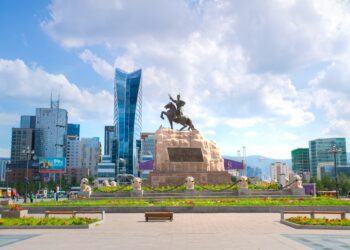Luxury hotels in the U.S. have experienced significant growth in demand and room rates, contrasting with a decline in economy hotels. This trend, observed over the first five months of the year, marks a departure from historical patterns where hotel demand typically mirrored GDP growth. Jan Freitag of CoStar Group notes that higher-end hotels are benefiting from increased demand, while lower-end hotels are not.
The year-over-year data from CoStar highlights this divergence: Luxury hotel occupancy rose by 1.8%, whereas economy hotel occupancy fell by 3.4%. This split is unusual and suggests that economic pressures are impacting consumers differently based on income levels. The “wealth effect” from rising stock prices and home values may be driving affluent travelers to luxury hotels, while inflation in essential goods is forcing lower-income households to cut back on discretionary spending like travel.
The shift is significant as it follows a period of strong performance for economy hotels, partly due to pandemic-era stimulus payments. However, with GDP continuing to grow, a decline in lower-end hotel demand is unexpected. Local variations exist, with markets like Tampa and Miami seeing a flattening of luxury hotel demand after post-pandemic booms.












